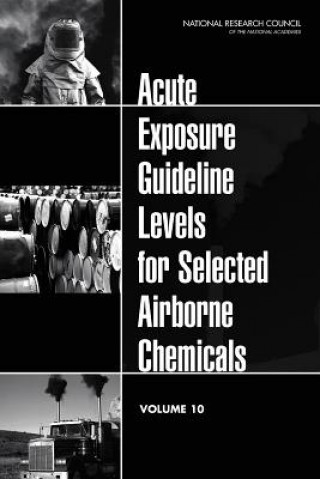
Kód: 04579284
Acute Exposure Guideline Levels for Selected Airborne Chemicals
Autor Committee on Acute Exposure Guideline Levels, Committee on Toxicology, Board on Environmental Studies and Toxicology, Division on Earth and Life Studi
Extremely hazardous substances (EHSs)² can be released accidentally as a result of chemical spills, industrial explosions, fires, or accidents involving railroad cars and trucks transporting EHSs. Workers and residents in comm ... celý popis
- Jazyk:
 Angličtina
Angličtina - Vazba: Brožovaná
- Počet stran: 322
Nakladatelství: National Academies Press, 2011
- Více informací o knize

1987 Kč
Dostupnost:
50 % šance Máme informaci, že by titul mohl být dostupný. Na základě vaší objednávky se ho pokusíme do 6 týdnů zajistit.
Máme informaci, že by titul mohl být dostupný. Na základě vaší objednávky se ho pokusíme do 6 týdnů zajistit.Prohledáme celý svět
Mohlo by se vám také líbit
-

China on Screen
3962 Kč -

Advertisements for Myself
1093 Kč -

Byzantine Rome and the Greek Popes
4158 Kč
Dárkový poukaz: Radost zaručena
- Darujte poukaz v libovolné hodnotě a my se postaráme o zbytek.
- Poukaz se vztahuje na celou naši nabídku.
- Elektronický poukaz vytisknete z e-mailu a můžete ihned darovat.
- Platnost poukazu je 12 měsíců od data vystavení.
Informovat o naskladnění knihy
Zadejte do formuláře e-mailovou adresu a jakmile knihu naskladníme, zašleme vám o tom zprávu. Pohlídáme vše za vás.
Více informací o knize Acute Exposure Guideline Levels for Selected Airborne Chemicals
Nákupem získáte 199 bodů
 Anotace knihy
Anotace knihy
Extremely hazardous substances (EHSs)² can be released accidentally as a result of chemical spills, industrial explosions, fires, or accidents involving railroad cars and trucks transporting EHSs. Workers and residents in communities surrounding industrial facilities where EHSs are manufactured, used, or stored and in communities along the nation's railways and highways are potentially at risk of being exposed to airborne EHSs during accidental releases or intentional releases by terrorists. Pursuant to the Superfund Amendments and Reauthorization Act of 1986, the U.S. Environmental Protection Agency (EPA) has identified approximately 400 EHSs on the basis of acute lethality data in rodents. As part of its efforts to develop acute exposure guideline levels for EHSs, EPA and the Agency for Toxic Substances and Disease Registry (ATSDR) in 1991 requested that the National Research Council (NRC) develop guidelines for establishing such levels. In response to that request, the NRC published Guidelines for Developing Community Emergency Exposure Levels for Hazardous Substances in 1993. Subsequently, Standard Operating Procedures for Developing Acute Exposure Guideline Levels for Hazardous Substances was published in 2001, providing updated procedures, methodologies, and other guidelines used by the National Advisory Committee (NAC) on Acute Exposure Guideline Levels for Hazardous Substances and the Committee on Acute Exposure Guideline Levels (AEGLs) in developing the AEGL values. In 1998, EPA and DOD requested that the NRC independently review the AEGLs developed by NAC. In response to that request, the NRC organized within its Committee on Toxicology (COT) the Committee on Acute Exposure Guideline Levels, which prepared this report. Acute Exposure Guideline Levels for Selected Airborne Chemicals is the tenth volume of the series and documents for N,N-dimethylformamide, jet propellant fuels 5 and 8, methyl ethyl ketone, perchloromethyl mercaptan, phosphorus oxychloride, phosphorus trichloride, and sulfuryl chloride.
 Parametry knihy
Parametry knihy
Zařazení knihy Knihy v angličtině Medicine Other branches of medicine Pharmacology
1987 Kč
- Plný název: Acute Exposure Guideline Levels for Selected Airborne Chemicals
- Podnázev: Volume 10
- Autor: Committee on Acute Exposure Guideline Levels, Committee on Toxicology, Board on Environmental Studies and Toxicology, Division on Earth and Life Studi
- Jazyk:
 Angličtina
Angličtina - Vazba: Brožovaná
- Počet stran: 322
- EAN: 9780309219877
- ISBN: 0309219876
- ID: 04579284
- Nakladatelství: National Academies Press
- Hmotnost: 499 g
- Rozměry: 229 × 152 × 23 mm
- Datum vydání: 28. October 2011
Oblíbené z jiného soudku
-

New Bach Flower Therapies
350 Kč -
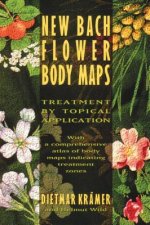
New Bach Flower Body Maps
376 Kč -
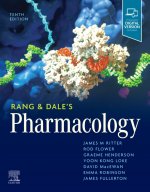
Rang & Dale's Pharmacology
1691 Kč -
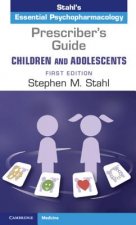
Prescriber's Guide - Children and Adolescents: Volume 1
1603 Kč -
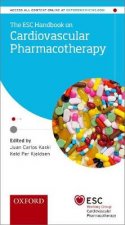
ESC Handbook on Cardiovascular Pharmacotherapy
2071 Kč -
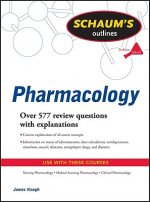
Schaum's Outline of Pharmacology
849 Kč -

Toxin Solution
316 Kč -
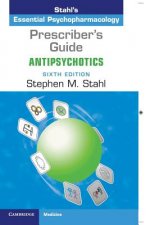
Prescriber's Guide: Antipsychotics
1161 Kč -
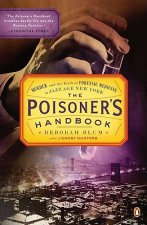
Poisoner's Handbook
354 Kč -
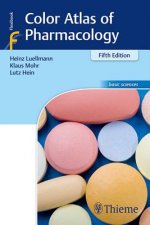
Color Atlas of Pharmacology
1238 Kč -
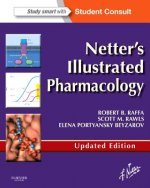
Netter's Illustrated Pharmacology Updated Edition
2189 Kč -
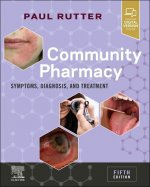
Community Pharmacy
1597 Kč -

A is for Arsenic
338 Kč -

Peyote and Other Psychoactive Cacti
312 Kč -
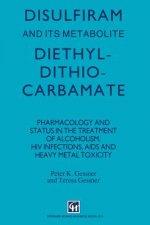
Disulfiram and its Metabolite, Diethyldithiocarbamate
1681 Kč -
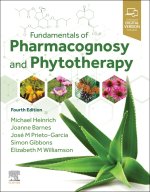
Fundamentals of Pharmacognosy and Phytotherapy
1739 Kč -

Brenner and Stevens' Pharmacology
1618 Kč -
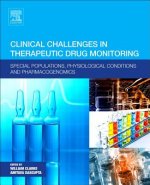
Clinical Challenges in Therapeutic Drug Monitoring
1676 Kč -
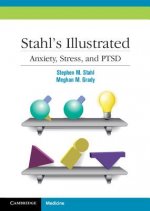
Stahl's Illustrated Anxiety, Stress, and PTSD
1678 Kč -

Age of Anxiety
765 Kč -
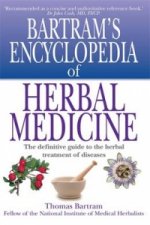
Bartram's Encyclopedia of Herbal Medicine
410 Kč -
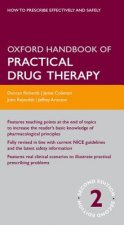
Oxford Handbook of Practical Drug Therapy
1079 Kč -

Health from God's Garden
347 Kč -
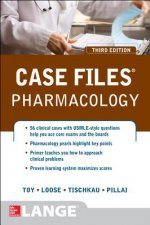
Case Files Pharmacology, Third Edition
1309 Kč -
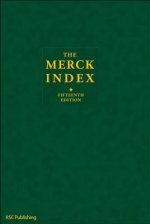
Merck Index
3573 Kč -

Cannabis Alchemy
380 Kč -

Truth About the Drug Companies
370 Kč -
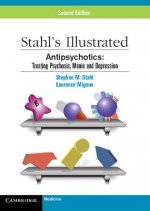
Stahl's Illustrated Antipsychotics
1678 Kč -

Manual of Chinese Herbal Medicine
675 Kč -
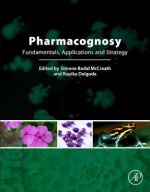
Pharmacognosy
4940 Kč -

Clinical Pharmacy Education, Practice and Research
4124 Kč -
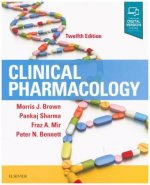
Clinical Pharmacology
1641 Kč -

Druid's Herbal for the Sacred Earth Year
306 Kč -
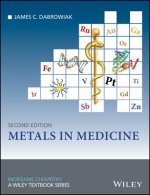
Metals in Medicine 2e
2528 Kč -

Clarke's Analytical Forensic Toxicology
2274 Kč -
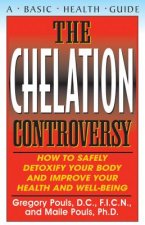
Chelation Controversy
478 Kč -

Handbook of Antioxidants
3876 Kč -

Pharmacist Guide to Implementing Pharmaceutical Care
5094 Kč -
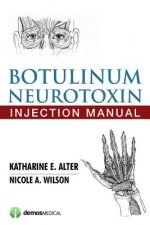
Botulinum Neurotoxin Injection Manual
2213 Kč -
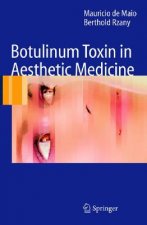
Botulinum Toxin in Aesthetic Medicine
4204 Kč -
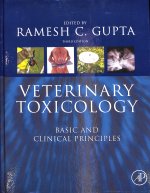
Veterinary Toxicology
4024 Kč -

Pharmacognosy and Phytotherapy
3952 Kč -
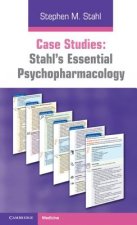
Case Studies: Stahl's Essential Psychopharmacology
2006 Kč -
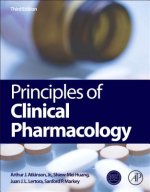
Principles of Clinical Pharmacology
4124 Kč -
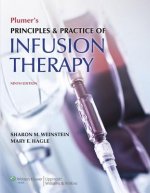
Plumer's Principles and Practice of Infusion Therapy
3017 Kč -

Hair Analysis in Clinical and Forensic Toxicology
3308 Kč -

Prescriber's Guide: Antidepressants
1982 Kč -
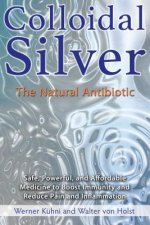
Colloidal Silver
366 Kč -
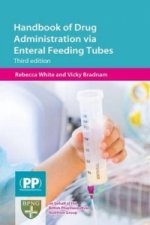
Handbook of Drug Administration via Enteral Feeding Tubes
1961 Kč
Osobní odběr Praha, Brno a 12903 dalších
Copyright ©2008-24 nejlevnejsi-knihy.cz Všechna práva vyhrazenaSoukromíCookies


 Vrácení do měsíce
Vrácení do měsíce 571 999 099 (8-15.30h)
571 999 099 (8-15.30h)